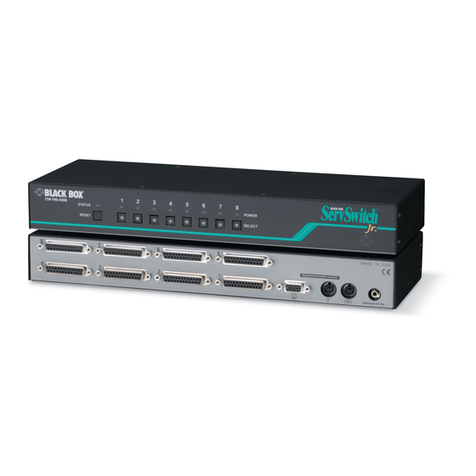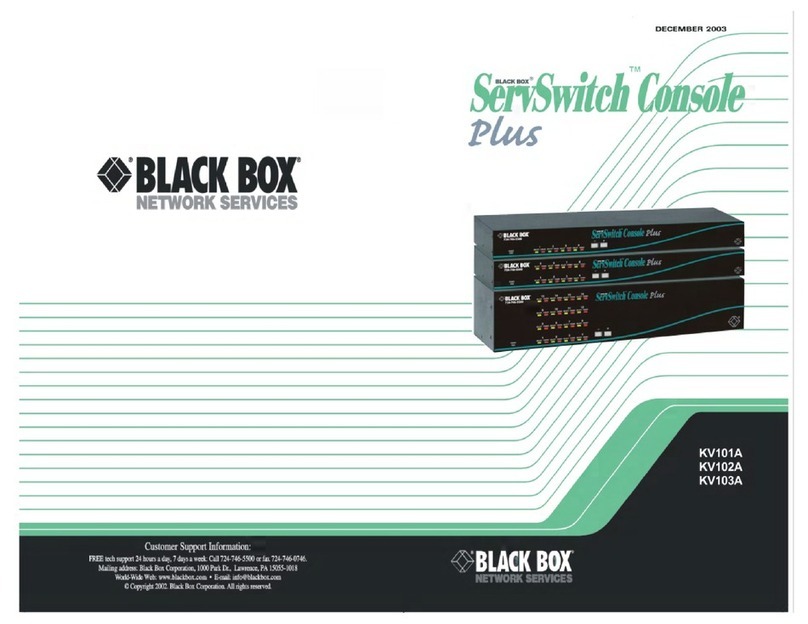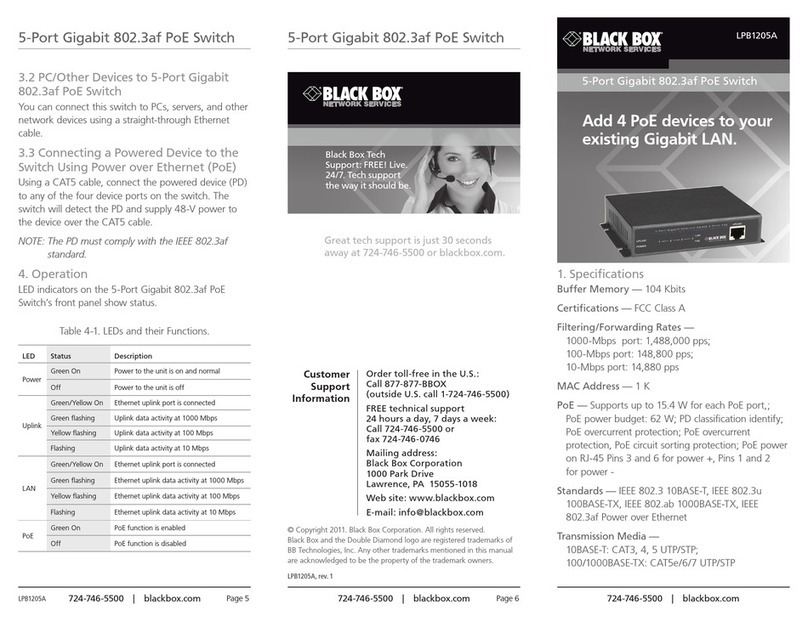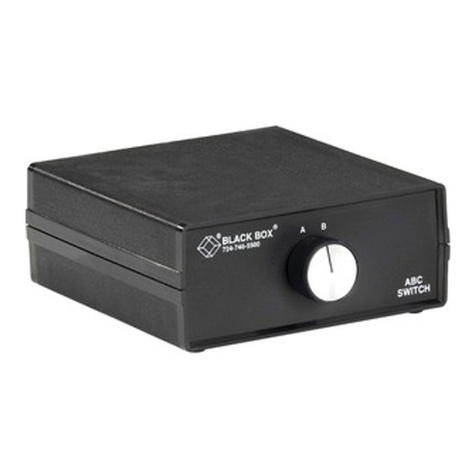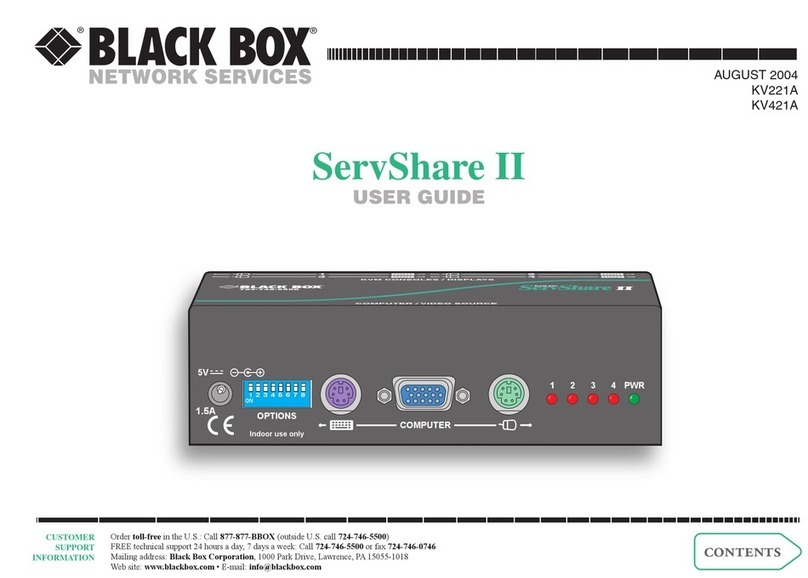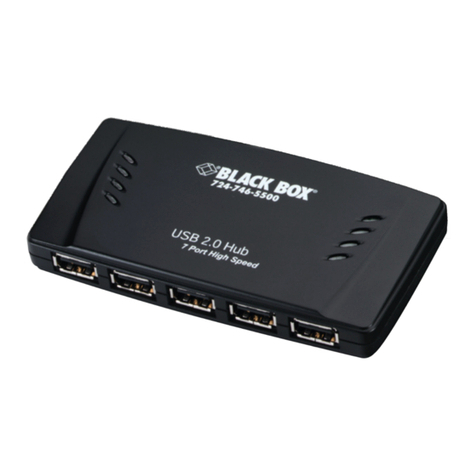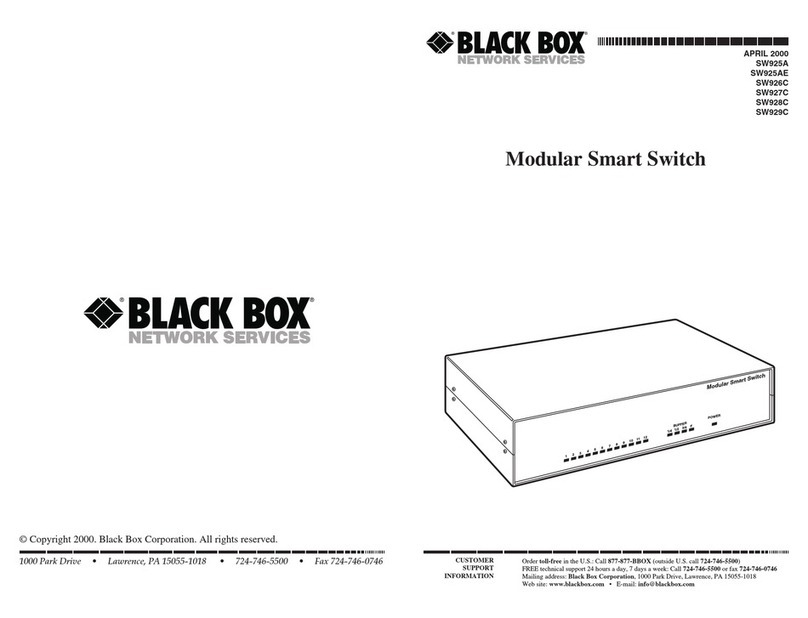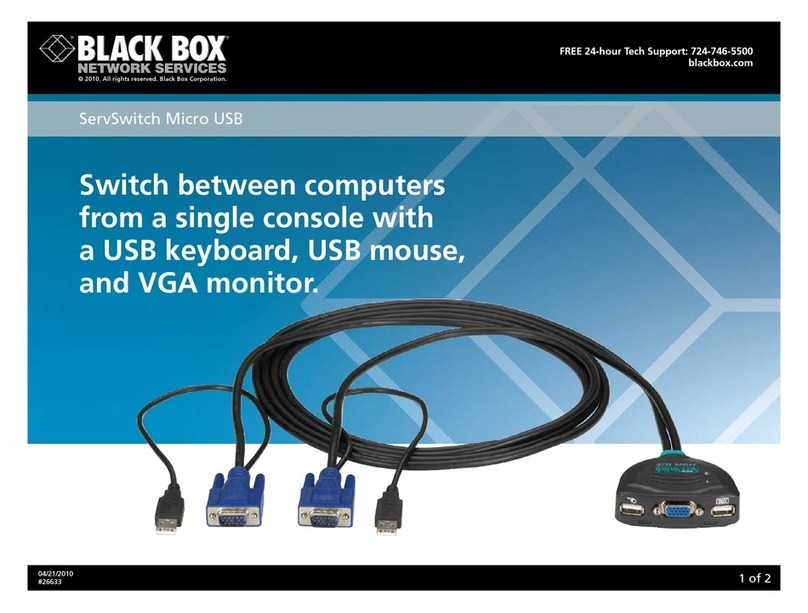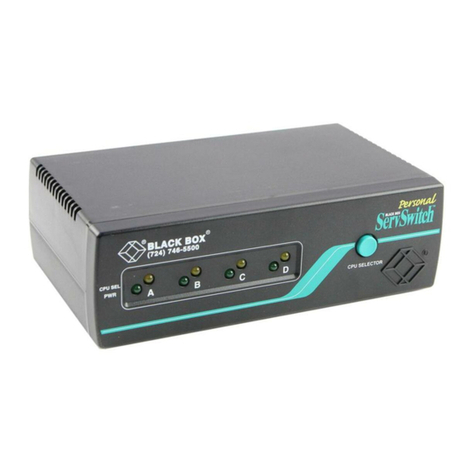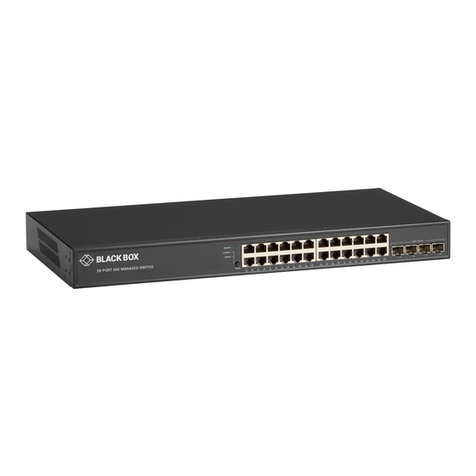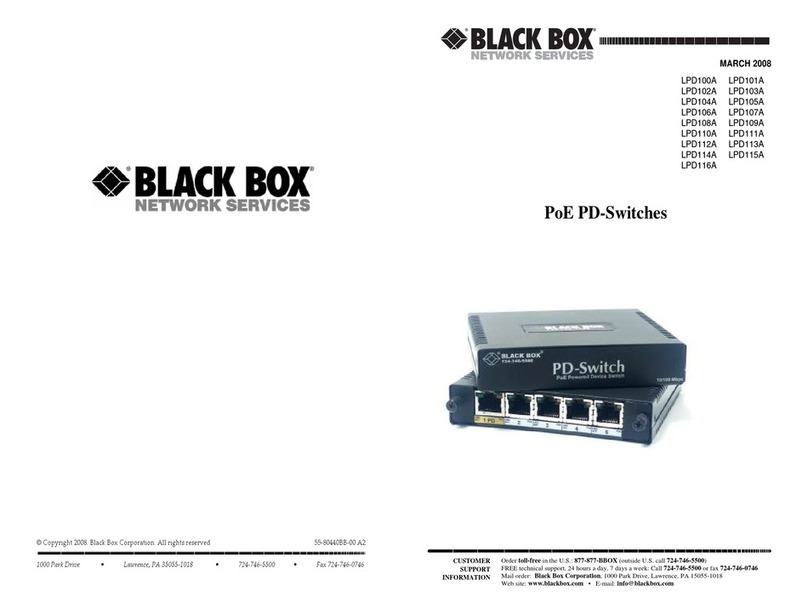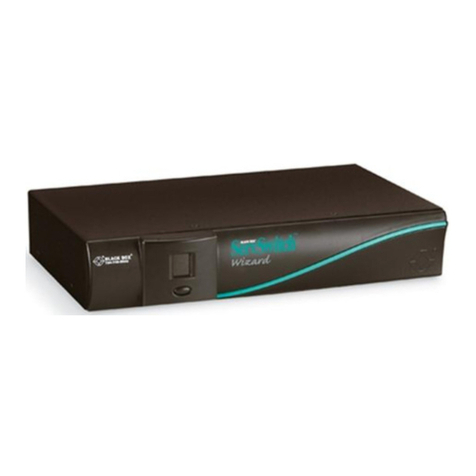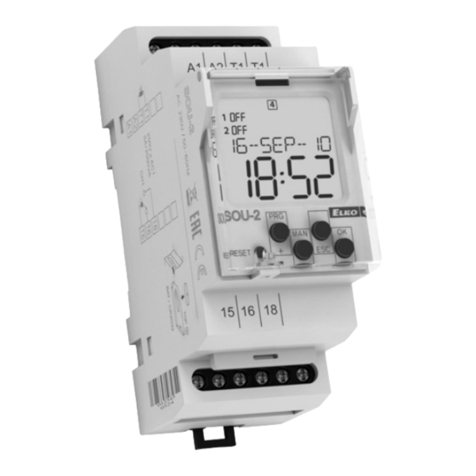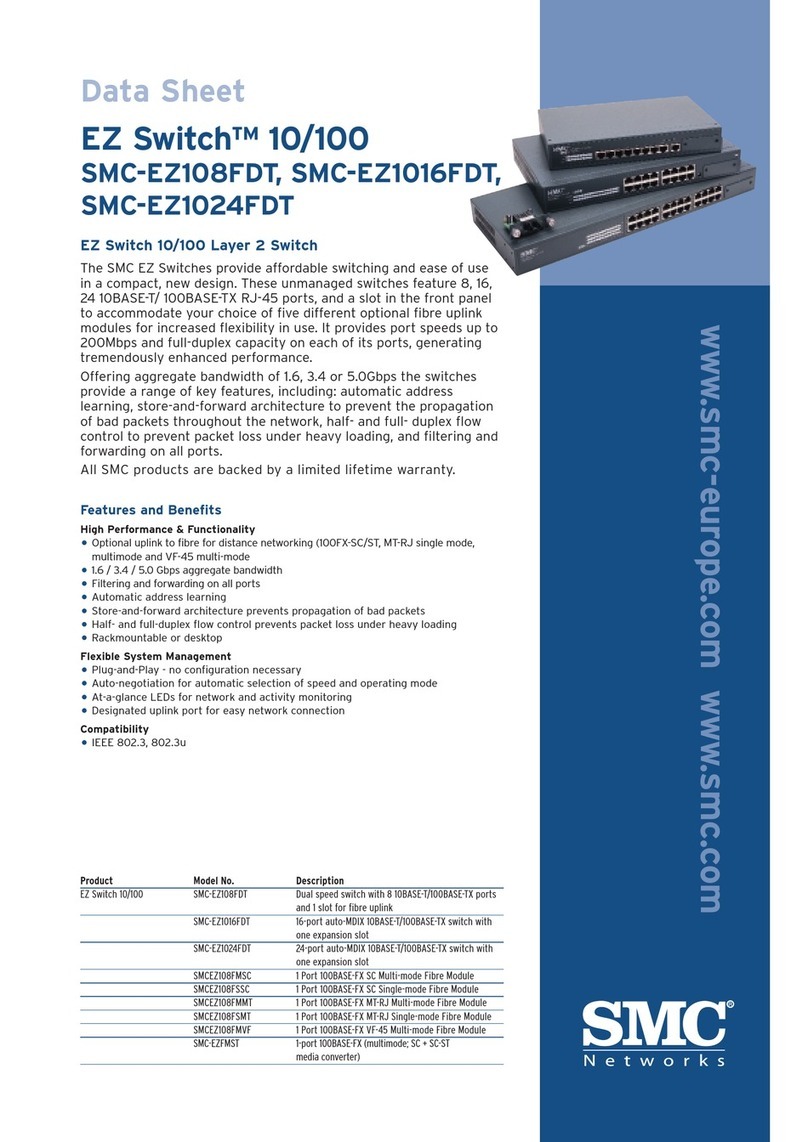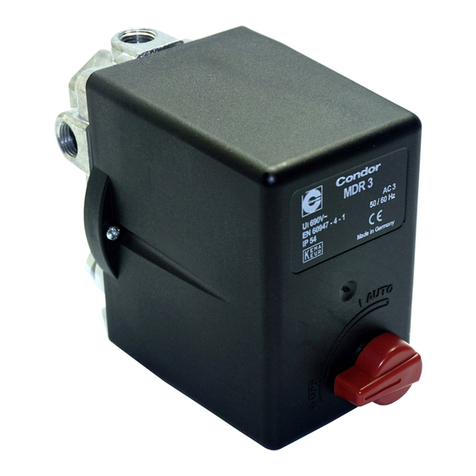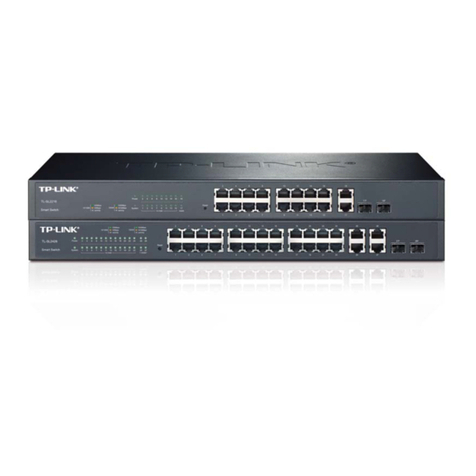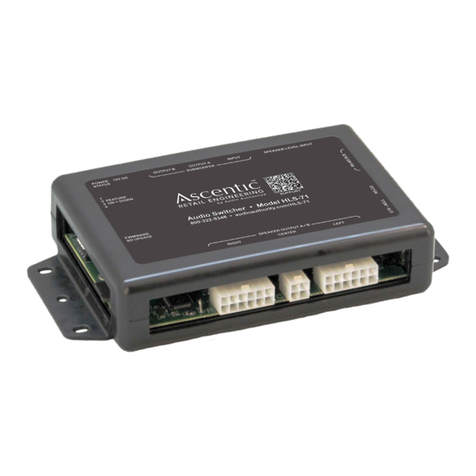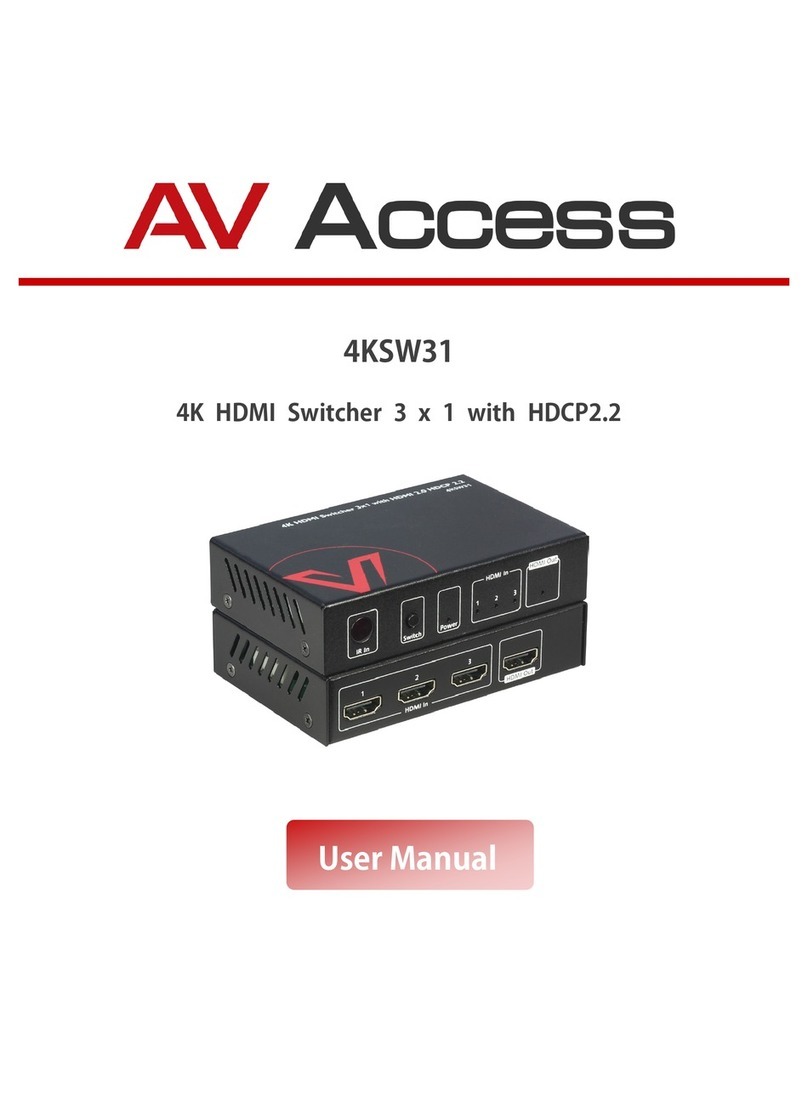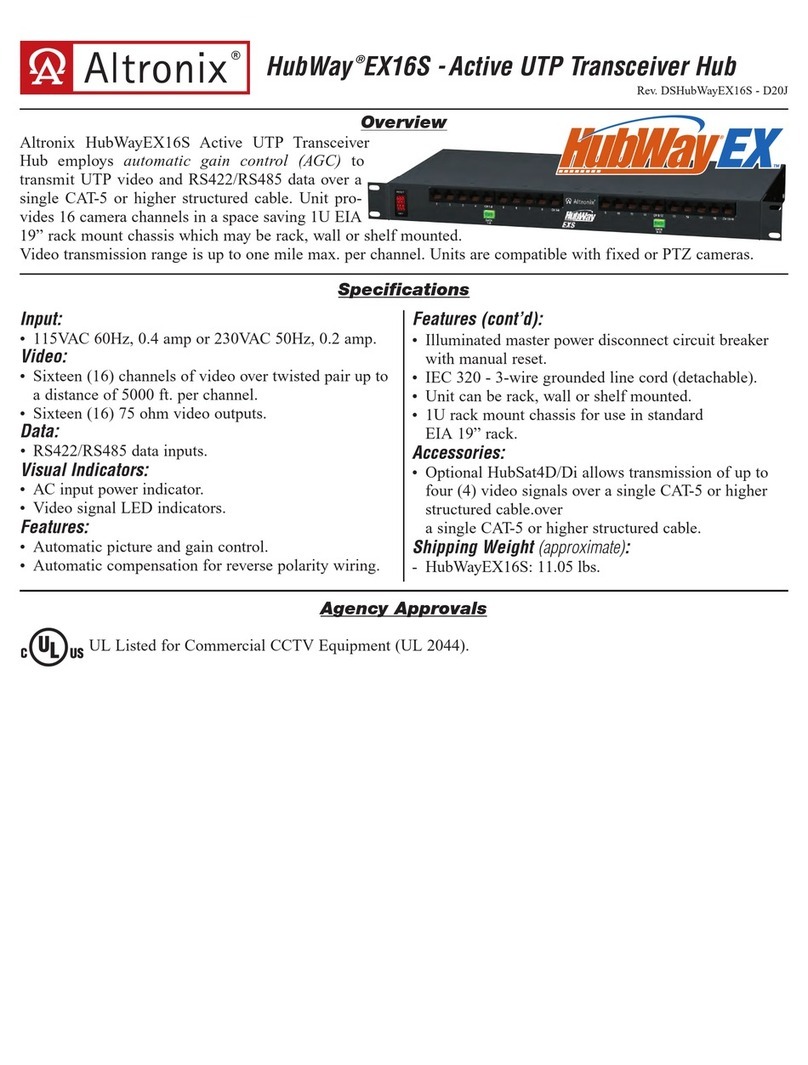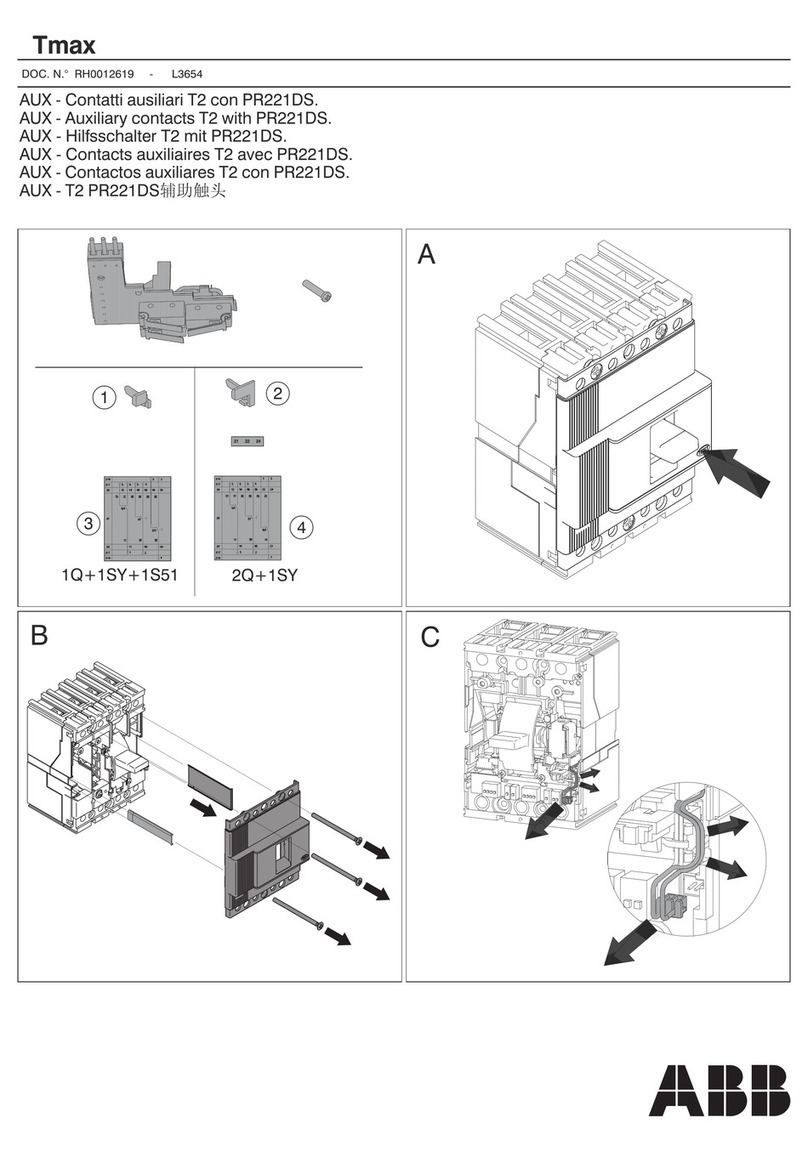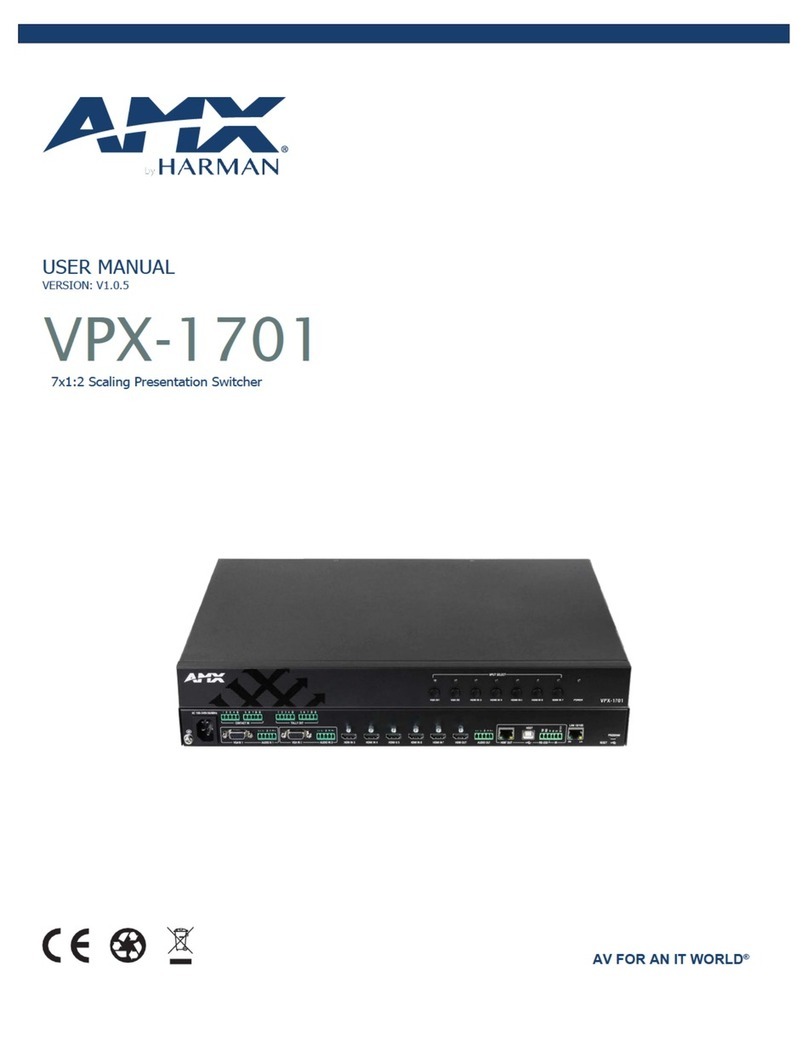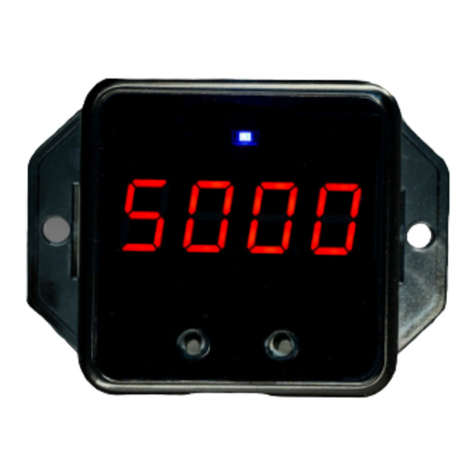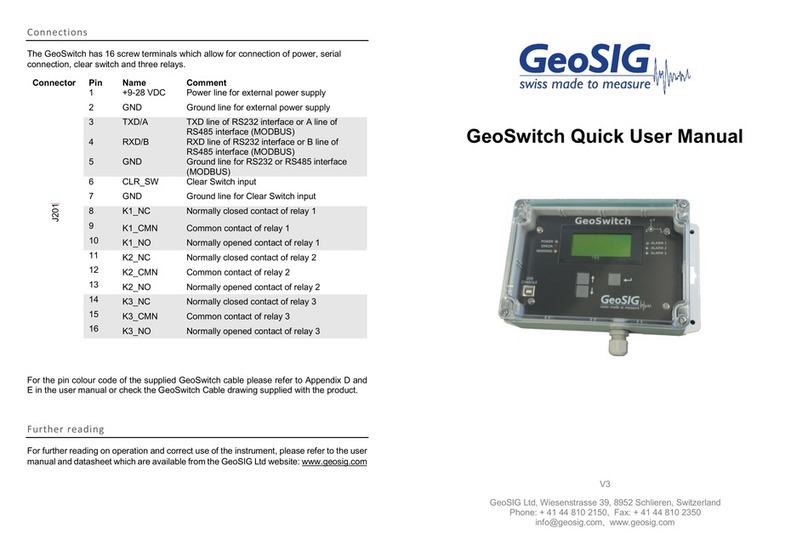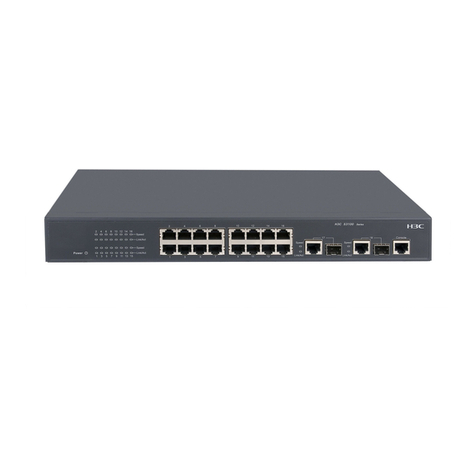SW161A Power Switch Maverick 1-Port User Guide
7. Ping and Port Scanning
Power Switch has two methods to check whether an IP equipment (PC, server, router,
Webcam...) is still alive.
Ping
The first method uses the well-known Ping command whereby a request is sent to a specific IP
address. The Ping command, which is an echo request, enables you to determine through an
ICMP protocol (Internet Control Message Protocol) if an IP device is available on the network. If
the system reacts to this request, Power Switch knows that the TCP/IP connection is
established. If the system does not react to one or several requests, Power Switch can
automatically switch off and after a specified delay switch again on the IP equipment (Reboot).
Port Scanning
The second method uses the Port Scan command to test a specific TCP/IP port. In other words,
this command allows you to find out if a specific protocol is available on a server (for example
HTTP, FTP, Telnet, SMTP, POP...). Power Switch simply tries a connection to a specific server
port. If the connection is possible, Power Switch knows that a server program is running there. If
the connection is not possible, Power Switch can automatically switch off and after a specified
delay switch again on the IP equipment (Reboot).
Remarks:
− The Ping and Scan function can be used separately or together.
− The network route between Power Switch and the IP device to supervise should be as direct
as possible, so do not use unnecessary routers and complex wiring between them. A
problem on a router or the wiring could reboot the IP device to supervise.
− Execute several Pings and/or Scans before running the Reboot function. It could be possible that the IP device
to supervise doesn't respond although the IP device is still working.
− Choose a realistic supervision cycle. One second is possible, however it’s not necessary to overload the
network with Pings and Scans requests.
Recommended values:
Interval between Requests 10 sec or more
Number of unsuccessful Requests
before Reboot
3 or more
Delay before Reboot 10 sec or more
Delay before first Request after Reboot 120 sec or more

















